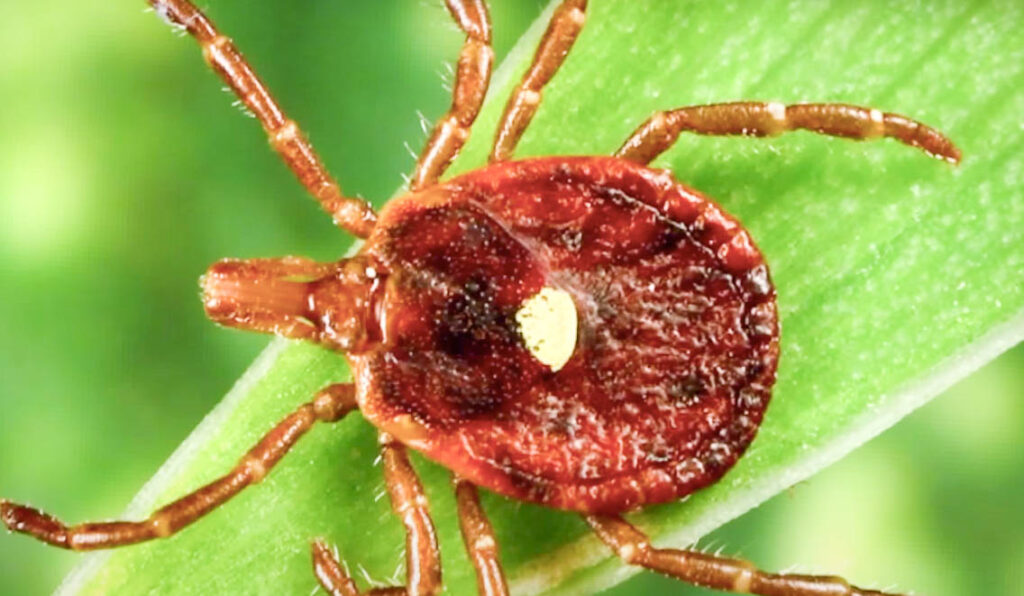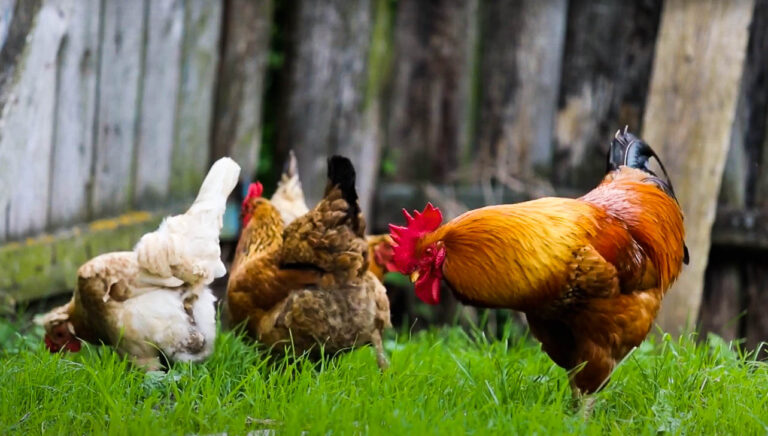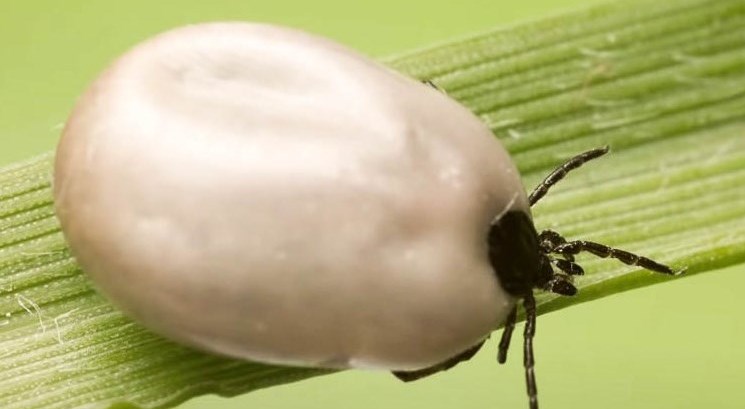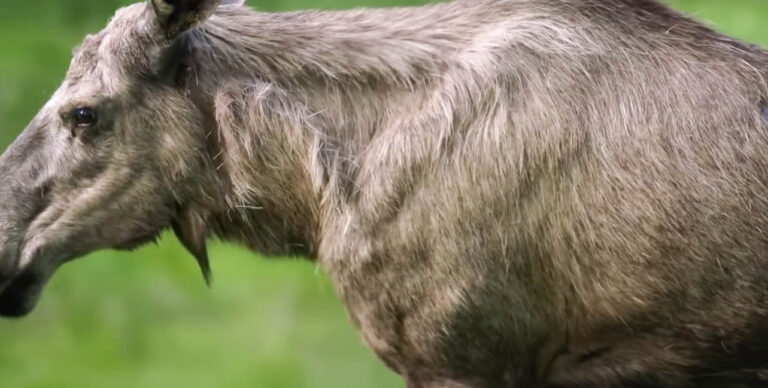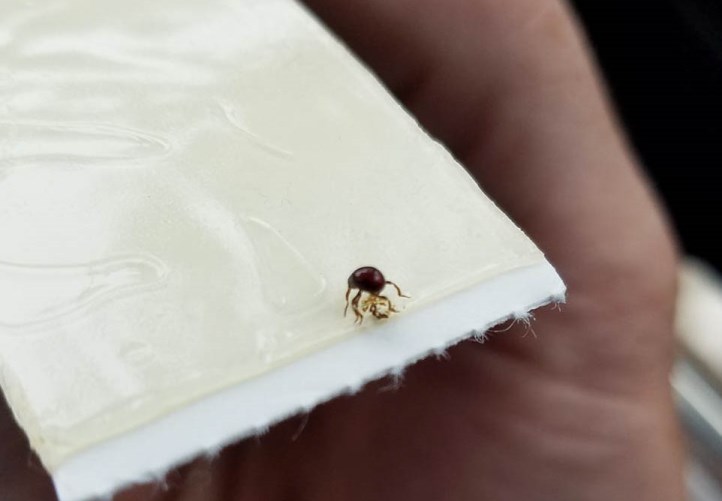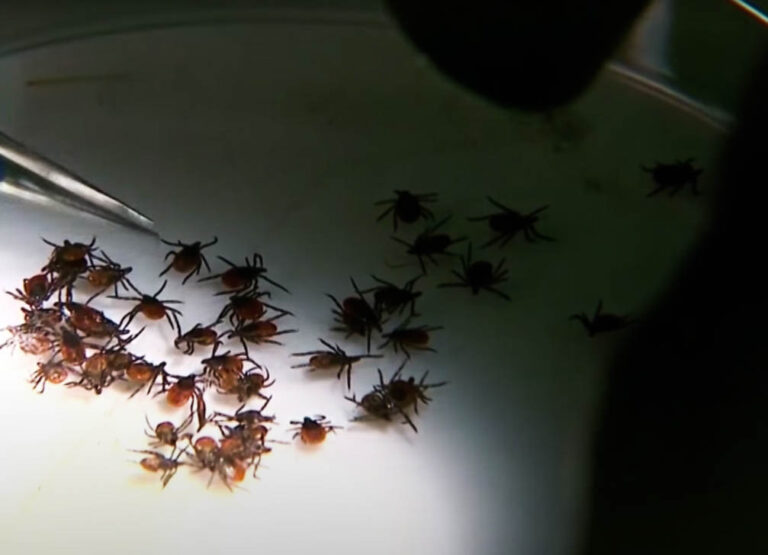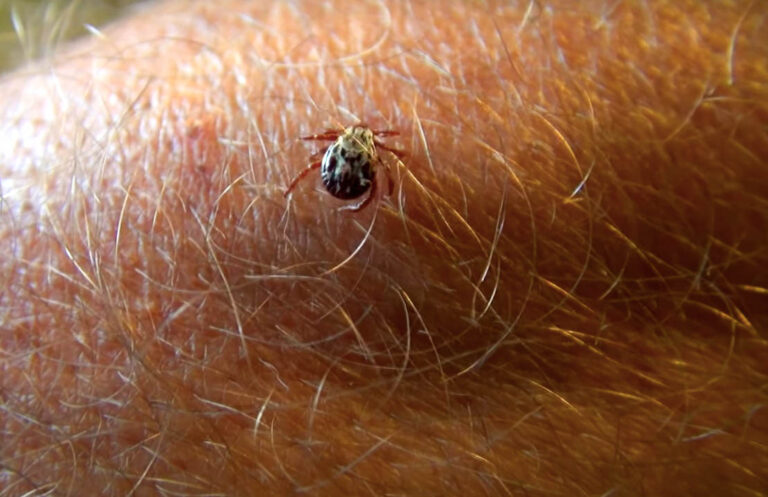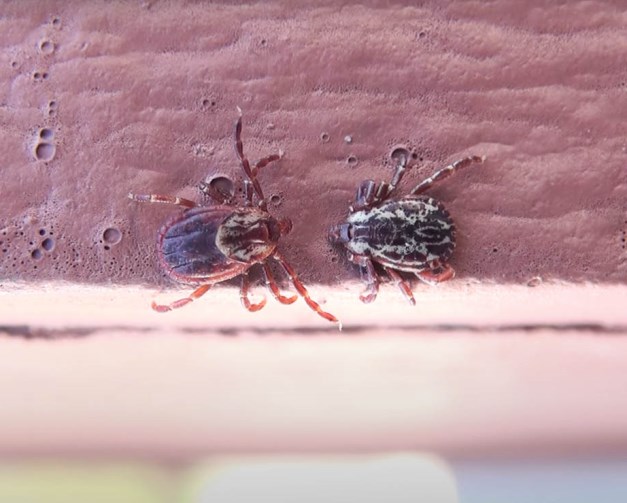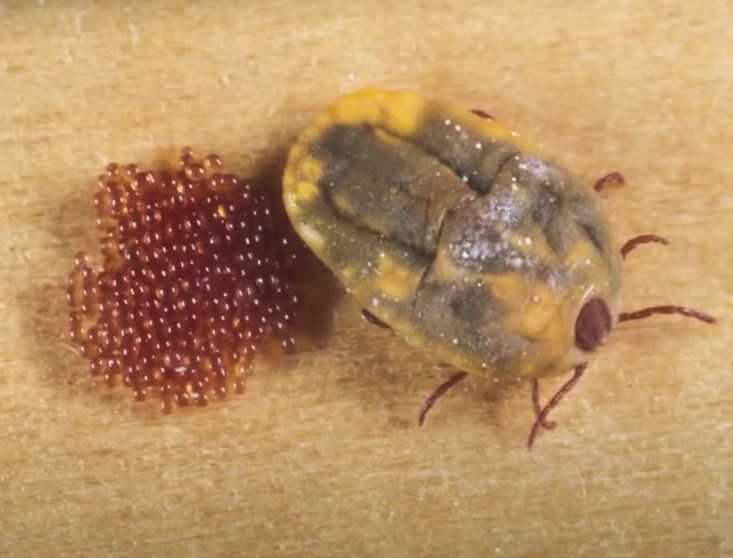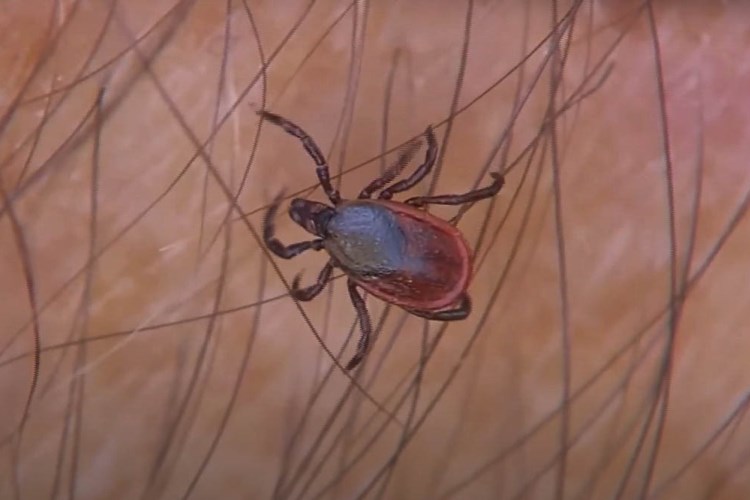About Lone Star Ticks
About Lone Star Ticks
Lone star ticks are named because of the characteristic physical feature of the female adults. Although they do not spread Lyme disease, as is commonly assumed, they spread serious diseases like tularemia. They are found in indoor and outdoor spaces, although they are more prone to create outdoor habitats.
Appearance
A characteristic feature of lone star ticks is the white dot at the center of the back of the female adult. This marking is different from that of the male adult which has white lines or streaks close to the edge of the top of their bodies.
Because of their similar physical features, lone star ticks could be mistaken for blacklegged ticks. The average length of the lone star tick is 1/8 of an inch.
Behavior
The ticks feed on the blood of mammals, including humans, horses, raccoons, and opossums. They are especially known for getting blood meals from humans and domesticated animals.
Lone star ticks are carriers of serious diseases. Although they do not spread Lyme disease, as commonly assumed, they spread other diseases such as ehrlichiosis and tularemia. They are also responsible for the spread of a tick-associated rash illness which presents as a rash with associated symptoms like fever, headache, and joint pains.
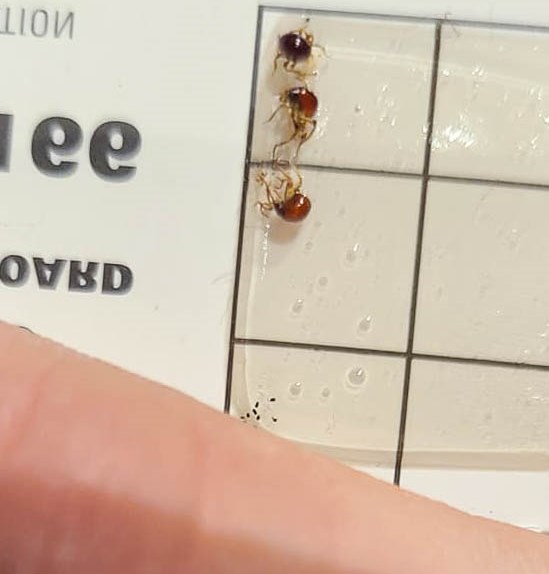
The ticks are most active in May and June. Overall, environmental temperature influences the activity of lone star ticks. They could be active on warm winter and spring days.
Life Cycle
They have four developmental stages, just like other ticks: egg, larva, nymph, and adult. The female adults need blood meals to produce large quantities of eggs that develop into adults. After the female takes a sufficient blood meal, it detaches from the host and falls to the ground where it produces eggs, about 5,000 at a time, in a hidden and moist location. They typically lay their eggs under leaf litter.
The larvae hatch out of the eggs in the right environmental conditions. The larvae need blood to survive and develop into nymphs. Thus, they actively search for suitable hosts. They seek hosts by questing, which means climbing to the top of the grass and other vegetation to get easy access to hosts that pass the area.
Larvae find hosts and attach to them, feeding on the host slowly for a few days. Afterward, the larva falls off the host and undergoes molting into the nymph. The nymph of lone star ticks also need blood and undergo a similar process to find suitable hosts. When the nymphs have gotten sufficient blood from the host, they also fall to the ground and molt into adults.
The incubation time of the eggs ranges from 31 to 60 days. The larvae of lone star ticks are otherwise known as seed sticks. They feed on the host for 4 to 9 days. After they fall to the ground, they take three to four weeks to molt.
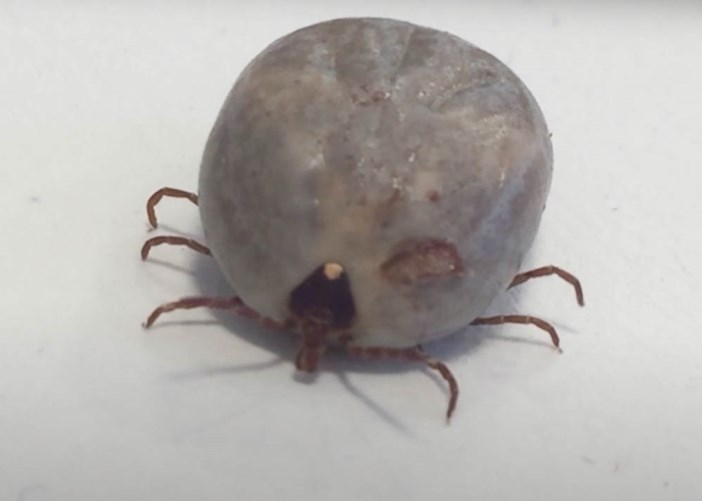
Lone star ticks are known for feeding on different hosts during the developmental stages. When they are in the larval form, they feed on birds and mammals. The nymphs feed on birds, mammals, and small rodents. Adult lone star ticks feed on medium-sized to large mammals.
The ticks are known for their aggressive nature. They would rather go out and search for hosts than wait for their hosts to come around. The period from eggs to adults can be as long as three years.
Habitat
The ticks are well distributed across the US. A larger population of lone star ticks are found in eastern states, especially the southeastern states. There are also established populations of lone star ticks in Midwestern US states. White-tailed deer are important hosts to lone star ticks. The distribution of white-tailed deer thus influences the distribution of the ticks. They make their habitats in wooded areas where they can easily access their hosts. They are also found close to water bodies where their hosts drink from. Lone star ticks are commonly found in outdoor environments of homes and commercial buildings. However, they are rarely found indoors.
